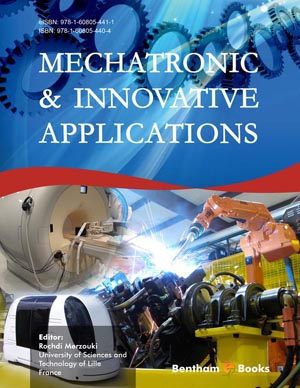Abstract
The work presented in this chapter is twofold. Firstly, the robust adaptive position control of a 6 degree of freedom (6dof) parallel robot called C5 is addressed. Coupling of the sliding modes and Multi-Layer Perceptron (MLP) neural networks form the basis of the proposed approach. This means that for the derivation of the control law, there is no requirement for the inverse dynamic model. The MLP neural network is integrated into the control scheme for the estimation of both gravity and friction forces alongside the dynamic effects, which do not constitute part of the model. The non-linearity problem present in neural networks is resolved using Taylor series expansion. The proposed approach permits the adjustment of the neural network parameters and sliding mode control terms by considering a reference model and the closed-loop stability, in the Lyapunov sense. Secondly, the force control of a C5 parallel robot is also addressed. It is based on the multi-layer perceptron (MLP), without any ex-ante knowledge of the dynamic model of the robot. Otherwise, the control type that we propose to apply is a black box one. The neural network corrective is used adaptively in the goal to ensure the system stability in the Lyapunov sense. We implemented the proposed approaches on a C5 parallel robot and carried tests of robustness against external influences in order to check the originality of our work.
Keywords: Adaptive Control, Multi-Layer Perceptron (MLP)neural networks, Taylor series expansion, stability analysis, Lyapunov method, Parallel robot, experimental results, sliding mode technique, robustness against external influences.


















